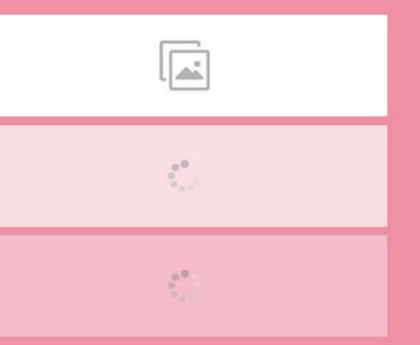In a package.json file, both ^ and ~ are used to specify version ranges for dependencies, but they have slightly different meanings:
Caret (^):
- When you specify a version range using
^, it allows npm to install future updates that do not modify the leftmost non-zero digit in the version number. - For example, if you specify
"^1.2.3", npm will install any version from1.2.3up to, but not including,2.0.0.
Tilde (~):
- When you specify a version range using
~, it allows npm to install future updates that do not modify the leftmost non-zero digit or the second leftmost digit in the version number. - For example, if you specify
"~1.2.3", npm will install any version from1.2.3up to, but not including,1.3.0.
Comparison:
Caret (^):
- Allows for updates that include new features or bug fixes but do not include breaking changes.
- More permissive than tilde (
~), allowing for updates to minor and patch versions.
Tilde (~):
- Allows for updates that include only bug fixes. Major or minor version updates are not permitted.
- Provides more strict version control compared to caret (
^), ensuring compatibility with the specified minor version.
Recommendation:
- If you want to ensure that your application receives bug fixes and minor updates but are willing to accept non-breaking changes, you can use
^. - If you want to ensure that only bug fixes are applied and avoid minor version updates that may introduce new features or changes, you can use
~. - It’s generally a good practice to specify version ranges cautiously to avoid unexpected updates that could potentially introduce breaking changes into your application.





